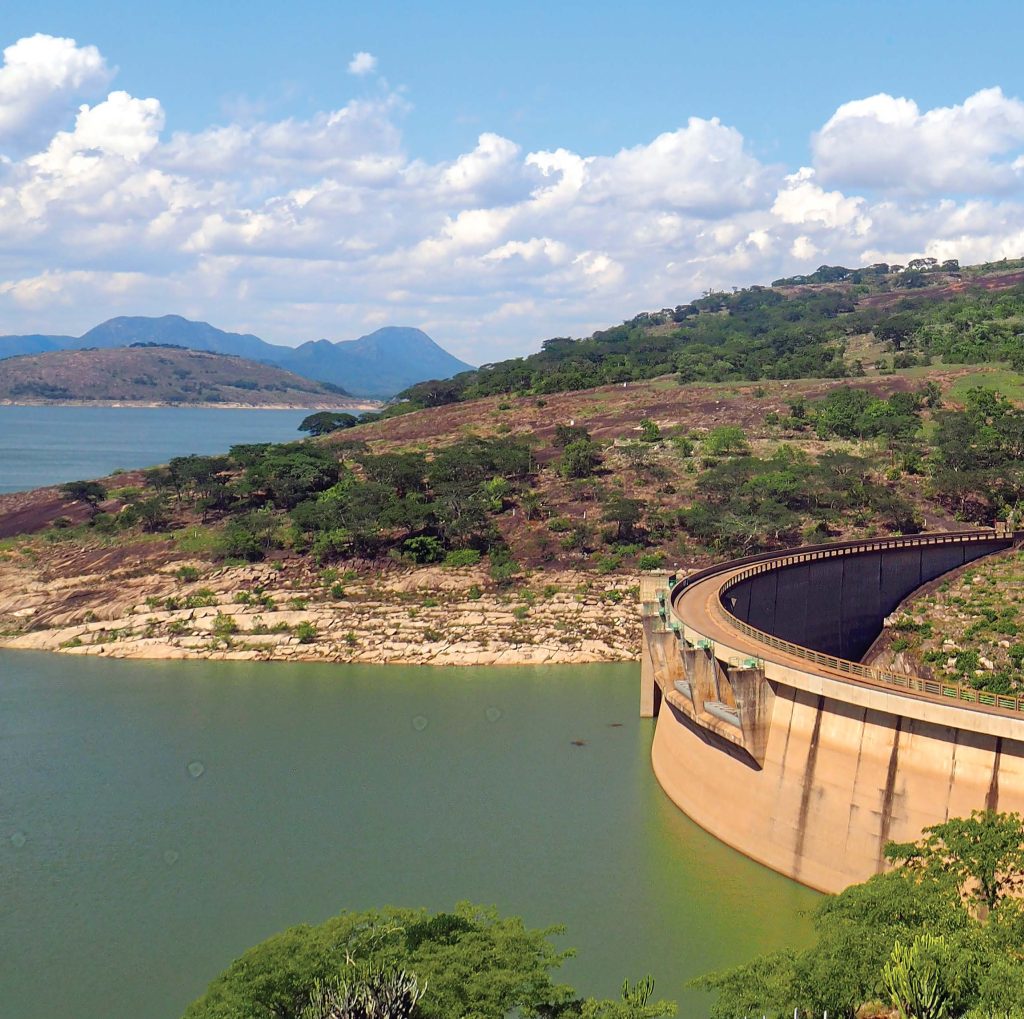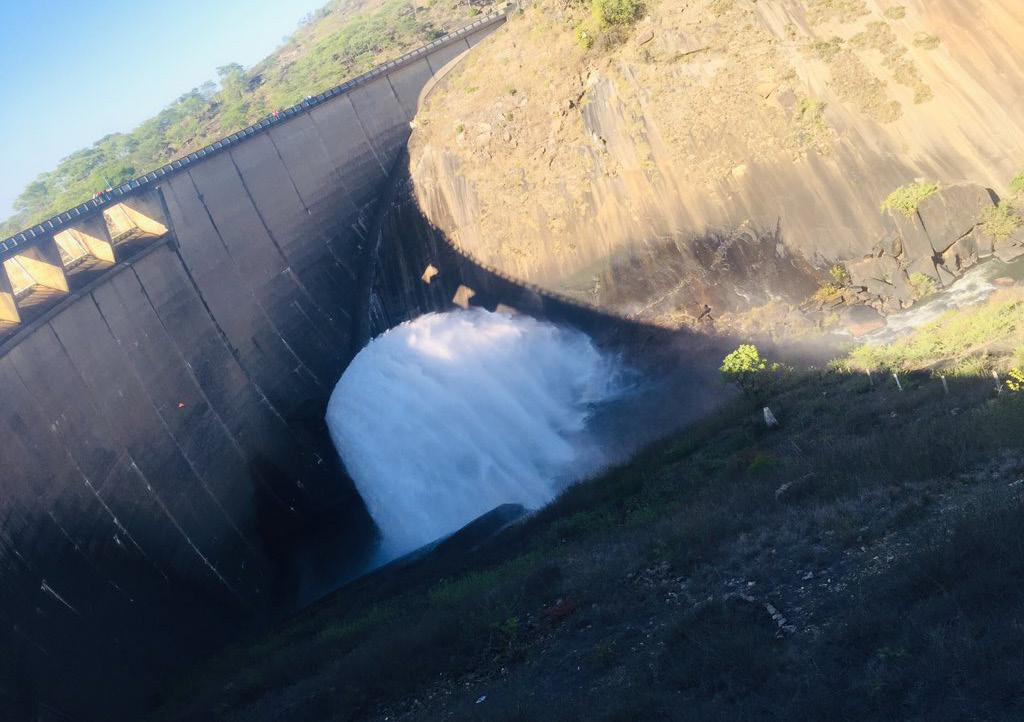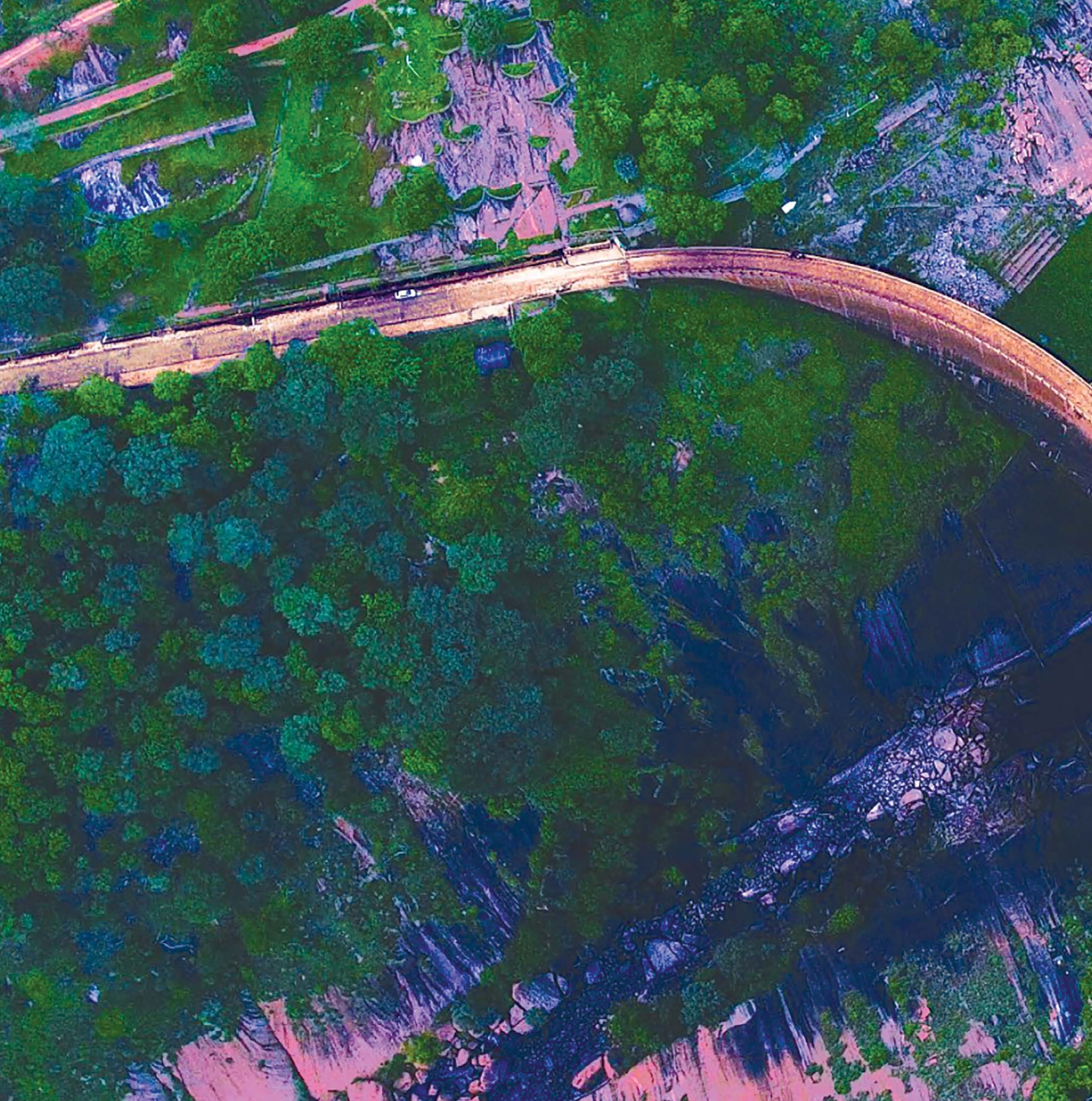Lake Mutirikwi is situated about 35kms south east of Masvingo and is the second largest inland body of water in Zimbabwe after the Tugwi-Mukosi (sometimes referred to as Tugwe-Mukosi or Tokwe-Mukosi) Dam which is also in the Masvingo Province.
Water to Lake Mutirikwi is supplied by a number of rivers including Mbebvi River, Matare River, Pokoteke River, Umpopinyani River, Makurumidze River and Mushagashe River. The dam wall which created the lake was originally built in 1958 – 1960. The lake was built to provide water for irrigation for the surrounding farms, in particular the sugar estates in the Lowveld.

Work on the Tugwi-Mukosi Dam started in 1998 but after many delays, setbacks and complications it was only completed in 2016 and inaugurated in 2017. The lake is fed by the Tokwe River and the Mukosi River.
The two bodies of water are part of an overall plan to create a green belt in the Masvingo region which has historically suffered from unreliable rainfall and water shortages. Power shortages in the region have also further hampered development.
The hydropower plant at Lake Mutirikwi is expected to generate 5MW of power while there are future plans to build an additional hydropower plant at Tugwi-Mukosi which is expected to generate a further 15MW. The Masvingo province currently needs around 22MW per day so the two projects together will help to significantly alleviate electricity shortages in the region. The two projects will assist Zimbabwe to move towards the goal set out in Vision 2030 of a greener, eco-friendly economy.
The Lake Mutirikwi Hydropower project was estimated to cost in the region of USD14 millions with funding Old Mutual Assurance, Frontier Investment Management, MOL Power Hydro-Electric and others. The Tugwi-Mukosi project has been estimated to cost somewhere in the region of USD20 million.

Great Zimbabwe Hydro Power Company started work on the Lake Mutirikwi project in March last year and the power plant is expected to come on line in the second half of this year. Great Zimbabwe Hydro Power is a Zimbabwean company which is overseeing the funding and the development of project. Frontier Energy II – a division Frontier Investment Management – is a significant shareholder in Great Zimbabwe Hydro Power Company and will contribute to the development and access to funding. Frontier Investment Management is committed to renewable energy projects across sub-Saharan Africa.
For Phase 1 of the project local company J. R. Goddard Contracting (JRG), based in Bulawayo, was sub-contracted to construct the main access road to the pump house at the dam wall. JRG employed around 170 people for the project, many of whom were recruited from the area generating income and skills training for the local community. Phase 2 consists of the construction of the power house and the penstock which will channel the water to the hydropower turbines. The project will utilise two imported 2.5MW Francis turbines which together will generate 5MW. The third and final phase will include the construction of approximately 25kms of transmission lines to the Kyle sub-station where the electricity will be distributed through the national grid. Consumers in the Masvingo province will be given preference before any excess electricity is diverted to other provinces.

Construction of a third hydropower plant in the Masvingo province is currently in the planning and assessment stage. The new hydropower plant will be situated at Manjirenji Dam which is situated on the Chiredzi River east of Masvingo in the Zaka district. The plant is envisaged to produce 3MW of electricity so the combined output of the three hydropower plants will exceed the current demand for electricity in the province. The development of the three hydropower plants will help save Zimbabwe foreign currency currently being used to import power and will help to stabilise the national grid. The three combined projects support the governments National Development Strategy 1 (NDS 1) which, among other things, seeks to increase the availability of electricity for all Zimbabweans in both urban and rural areas.
It’s encouraging to note investment is being made in renewable energy generation that is environmentally friendly and sustainable – particularly in light of the climate change emergency. Hopefully more hydropower and solar power projects will follow.
-text by Michael Nott

